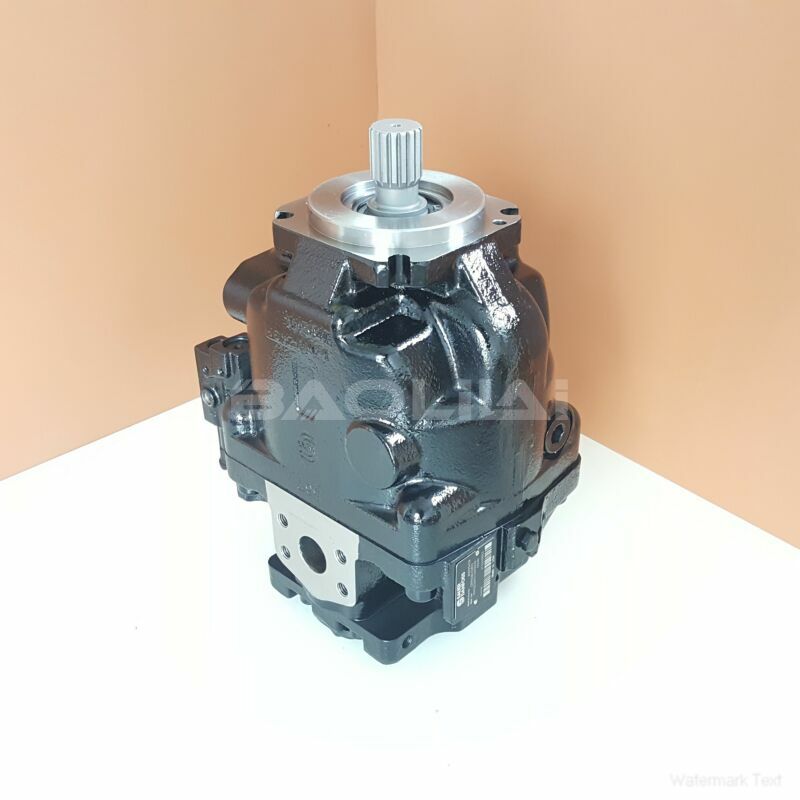ERL100BBS3020NNN3S4BPA1NAAANNNNNN danfoss pump
ERL100BBS3020NNN3S4BPA1NAAANNNNNN danfoss pump

- Product Details
- Applicable Scene
Installation: Proper installation is essential for ensuring that the pump operates efficiently. This includes correct alignment, piping configuration, and adherence to the manufacturer’s specifications. Poor installation can lead to increased resistance and energy loss.
ER-L-100B-BS-30-20-NN-N-3-S4BP-A1N-AAA-NNN-NNN
ERL100BBS3020NNN3S4BPA1NAAANNNNNN
To improve plunger pump efficiency, consider the following strategies:

702537
Choose the Right Pump for the Application: Selecting a pump specifically rated for the intended application helps ensure optimal performance and efficiency. Tools like pump selection software can assist in choosing the right model.
Optimize Operating Parameters: Regularly monitor and adjust operational parameters such as speed and fluid characteristics to maintain efficiency. Pay attention to the effects of temperature and viscosity changes on pump performance.
Implement a Regular Maintenance Schedule: Create and adhere to a maintenance schedule that includes inspections, cleaning, and replacement of worn parts. This will help catch problems before they escalate into larger issues, maintaining efficiency over time.
Improve System Design: Evaluate the overall pumping system to minimize friction losses in pipes and fittings. Streamlined piping and proper fitting sizes can enhance flow rates and, consequently, pump efficiency.
In conclusion, understanding the factors that affect plunger pump efficiency and implementing strategies to enhance it is crucial for anyone working with these pumps. By paying attention to pump design, operating conditions, maintenance, and installation practices, users can maximize the performance of their plunger pumps, resulting in increased productivity and reduced energy costs.





